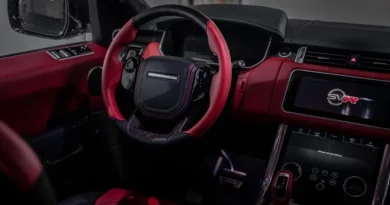Types of CDL Licenses: A, B, and C Licenses Covered
In the US, drivers of commercial vehicles must possess a commercial driver’s licence in order to operate heavy, large, or hazardous materials vehicles in commerce. To operate a bus, tank truck, or other vehicle carrying passengers, a CDL is necessary.
The operator must first complete a thorough driving road test and a specific knowledge test before being granted a licence. Drivers of school buses must also complete a background investigation. In this article we will discuss about the types of CDL licenses you will need in US.
CDL Licenses: A, B, and C Licenses Based on the Gross Vehicle Weight Rating
Federal and state regulations stipulate that drivers of commercial vehicles must hold a CDL licence when the vehicle and trailer together weigh 26,001 pounds or more. However, additional divisions are made based on the kind of vehicle being driven and the load being transported.
CDL Class A Permits
If the towed vehicle weighs more than 10,000 pounds, the law mandates that commercial drivers operate any vehicle with a gross vehicle weight rating (GVWR) of 26,001 pounds or higher.
The following vehicles normally require a Class A CDL licence for operation:
- Semi-tractor-trailers
- Flatbeds
- Tanker vehicles
- Trucks and trailers, including double and triple trailers
- Livestock carriers
Some vehicles needing Class B and Class C licences can be operated with a Class A CDL licence.
CDL Class B License
To operate a vehicle with a gross vehicle weight rating (GVWR) of 26,001 pounds or more, or a vehicle carrying a trailer weighing less than 10,000 pounds, a commercial driver must possess a Class B commercial driver’s licence, according to the legislation.
The following vehicles normally require a Class B CDL licence for operation:
- Straight trucks
- Box trucks (box vans)
- Segmented passenger buses
- Tractor-trailers
- Single vehicle or combination of truck and trailer
Possibilities to operate some trucks requiring class C licences are available with a Class B CDL licence.
CDL Class C Licenses
Any vehicle intended to carry 16 or more passengers, including the driver, must be operated by a commercial driver who has a Class C commercial driver’s licence, according to the legislation. Transporting federally designated hazmat additionally requires a Class C licence (hazardous materials).
To drive a variety of vehicles, you normally need a Class C CDL licence. Some Class C vehicles are as follows:
- Passenger vans
- Small hazmat trucks
Getting a Commercial Vehicle License – The First Step
Any prospective commercial driver who wants to practise driving a commercial vehicle before obtaining a CDL is issued a commercial learner’s permit (CLP) by the state. Only people who are at least 21 years old can apply for a CDL that allows them to drive between various states.
However, some jurisdictions grant single-state commercial driver’s licences to aspiring drivers of commercial vehicles between the ages of 18 and 20. When a driver turns twenty-one, the intrastate driving restriction is automatically lifted.
The prospective applicant must satisfy stringent federal requirements and successfully pass a written knowledge test in order to obtain a commercial learner’s permit.




